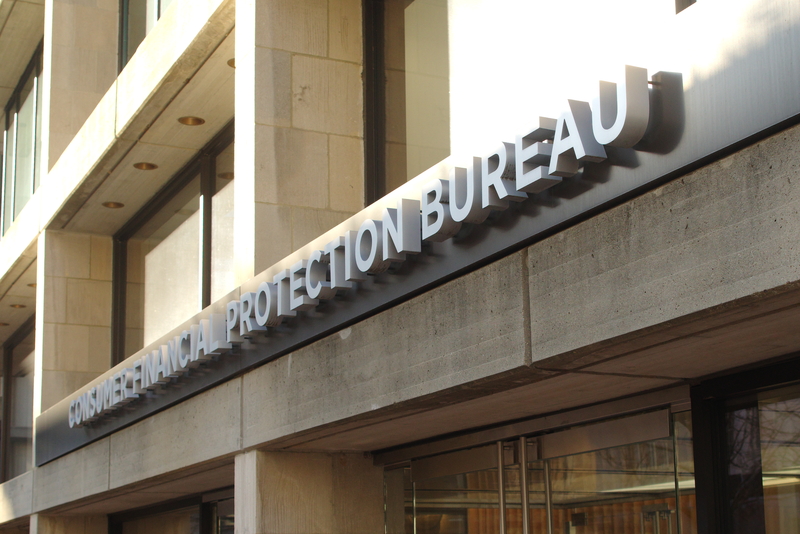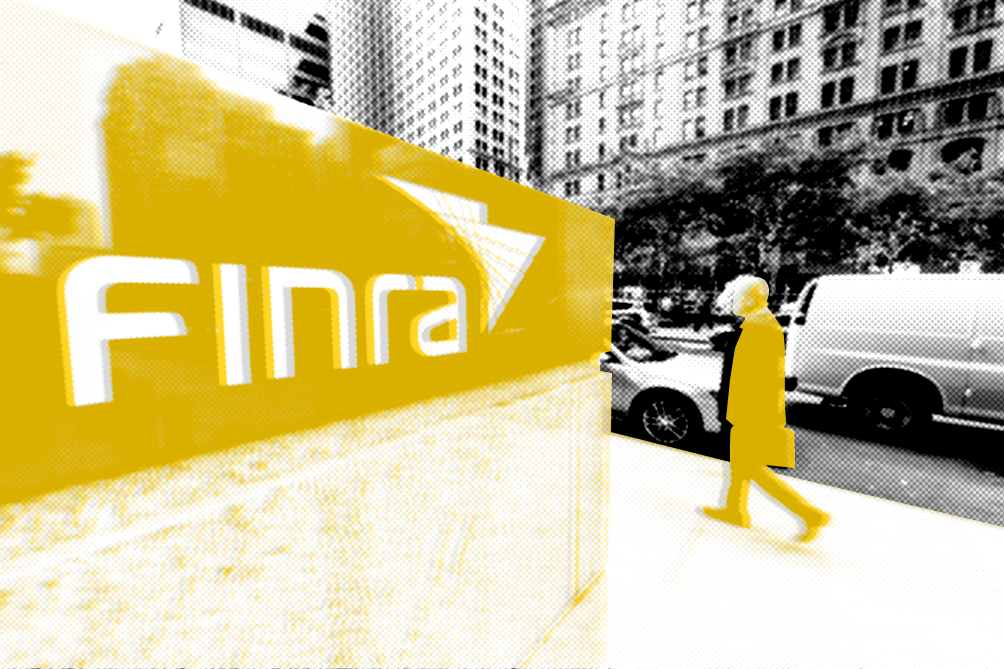Compliance is a journey requiring adaptation, refinement, and attention to detail. While establishing a solid manual and clear procedures are essential first steps, the true test of a robust compliance program lies in consistent execution, thorough documentation, and a commitment to continuous improvement.
In our final post, we’ll explore the
Register for free to keep reading.
To continue reading this article and unlock full access to GRIP, register now. You’ll enjoy free access to all content until our subscription service launches in early 2026.
- Unlimited access to industry insights
- Stay on top of key rules and regulatory changes with our Rules Navigator
- Ad-free experience with no distractions
- Weekly podcasts from trusted external experts
- Fresh compliance and regulatory content every day













